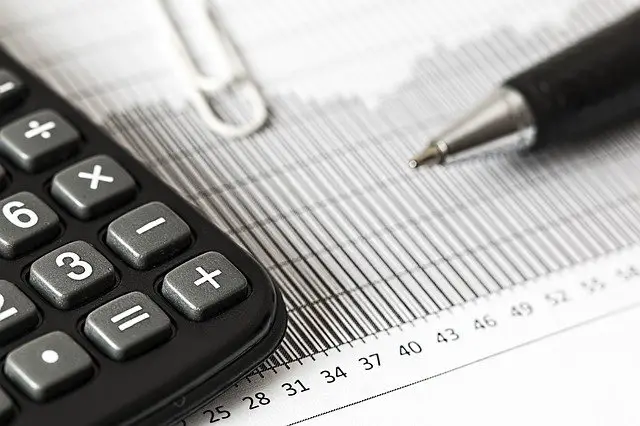In the world of finance, intrinsic value is the true, inherent, and essential value of a specific asset independent of its quoted price in a market. In speculation prices can become far removed from the actual value of a stock versus the business it represents ownership in.
Fundamental analysis is used to quantify the intrinsic value of a stock in relation to its underlying company. The intrinsic value of a company is derived from the projected future cash flow and the book value of its assets that are a means to production and profits. The intrinsic value of outstanding shares in a company is the current value of all the expected future net cash flows plus asset values. Assets can include things the business owns that are physical, intellectual, digital, our the company brand itself.
Intrinsic value is the real market value of an asset, not an opinion, and not even the current price it is trading at in the markets.
Intrinsic Value Calculation
You can find the intrinsic value of a stock using a simple formula proposed by Ben Graham:
- Determine the trailing 12 months EPS of the company.
- Multiply the company’s long-term growth rate by 2 and add 8.5 to it.
- Find the product of the value obtained in step 2 with the EPS (Earnings per share) of the company and a factor 4.4 .
- Divide the value of step 3 by the current AAA rated corporate bond yield, and this will calculate a stock’s intrinsic value based on the underlying company’s projected value.
Warren Buffett Intrinsic Value Formula
“Intrinsic value is an all-important concept that offers the only logical approach to evaluating the relative attractiveness of investments and businesses. Intrinsic value can be defined simply: It is the discounted value of the cash that can be taken out of a business during its remaining life.” – Warren Buffett
“If we think through these questions, we can gain some insights about what may be called “owner earnings.” These represent (a) reported earnings plus (b) depreciation, depletion, amortization, and certain other non-cash charges such as Company N’s items (1) and (4) less (c) the average annual amount of capitalized expenditures for plant and equipment, etc. that the business requires to fully maintain its long-term competitive position and its unit volume. (If the business requires additional working capital to maintain its competitive position and unit volume, the increment also should be included in (c). However, businesses following the LIFO inventory method usually do not require additional working capital if unit volume does not change.)” – Warren Buffett
Owners earnings = Net income + Non-cash charges – Maintenance capital expenditures (CapEx)
Free cash flow (FCF) = Operating cash flow – Total capital expenditure
“And once you’ve estimated future cash inflows and outflows, what interest rate do you use to discount that number back to arrive at a present value? My own feeling is that the long-term government rate is probably the most appropriate figure for most assets. And when Charlie and I felt subjectively that interest rates were on the low side – we’d probably be less inclined to be willing to sign up for that long-term government rate. We might add a point or two just generally. But the logic would drive you to use the long-term government rate. If you do that, there is no difference in economic reality between a stock and a bond. The difference is that the bond may tell you what the future cash flows are going to be in the future – whereas with a stock, you have to estimate it. That’s a harder job, but it’s potentially a much more rewarding job.” – Warren Buffett
Intrinsic value = [FCF1 / (1+r)1] + [FCF2 / (1+r)2] + …. + [FCFn / (1+r)n] + [FCFn * (1+g) / (r – g)]
where:
FCF = free cash flow (or owners earnings)
r = discount rate (required rate of return)
g = estimated annual terminal growth rate
n = time period
“The calculation of intrinsic value, though, is not so simple. As our definition suggests, intrinsic value is an estimate rather than a precise figure, and it is additionally an estimate that must be changed if interest rates move or forecasts of future cash flows are revised. Two people looking at the same set of facts, moreover – and this would apply even to Charlie and me – will almost inevitably come up with at least slightly different intrinsic value figures. That is one reason we never give you our estimates of intrinsic value. What our annual reports do supply, though, are the facts that we ourselves use to calculate this value.” – Warren Buffett[1]
What is the easiest way to calculate intrinsic value?
Intrinsic Value = Earnings Per Share (EPS) x (1 + r) x P/E Ratio.
My Educational Resources for Traders.
For those interested in trading the price action in the markets you can check out my books on Amazon here or my eCourses on my NewTraderUniversity.com website here.
